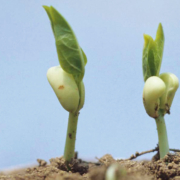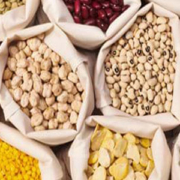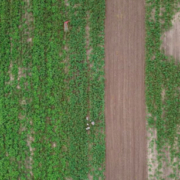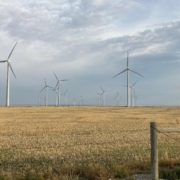The Two Best Legume Cover Crops for Hot and Humid Climates
 Print This Post
Print This Post
By Colin Mitchell, Sustainable Agriculture Specialist
Cover crops can be an investment in your future soil health. And it’s legume cover crops that can deliver a lasting soil benefit that other cover crop options don’t: nitrogen.
In Voices from the Field Episode 205: Inoculating Legume Cover Crops, National Center for Appropriate Technology Sustainable Agriculture Specialist Colin Mitchell and Stephanie Kasper, a biology research associate at University of Texas Rio Grande Valley, break down why legumes stand out as a winning cover-crop option.
Cover crops can reduce soil erosion, suppress weeds, and over time can help soil hold more water. Leguminous cover crops can actually increase soil nutrient levels by turning nitrogen in the air into a form plans can use. It’s this process that can increase soil nutrients for future crops.
Kasper tested more than a dozen leguminous cover crops for subtropical climates, including velvet bean, mung bean, soybean, guar, cowpea and sunn hemp. In Episode 205, Kasper explains that cowpea and sunn hemp were the two legumes that outperformed the rest in a hot and humid climate.
“You want things that are going to germinate and grow quickly, and then be easy to kill and get rid of quickly so you clear them out of the way and have a clean field to plant your next cash crop in,” says Kasper.
Learn more and listen to their full conversation in Voices from the Field Episode 205: Inoculating Legume Cover Crops.





 USDA NRCS
USDA NRCS




